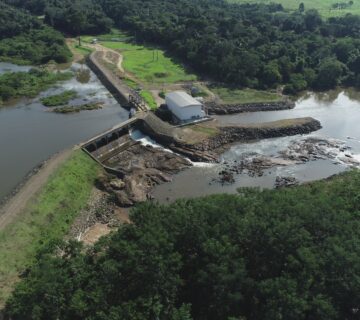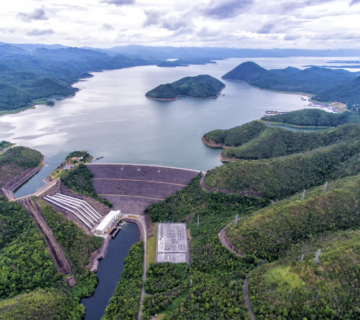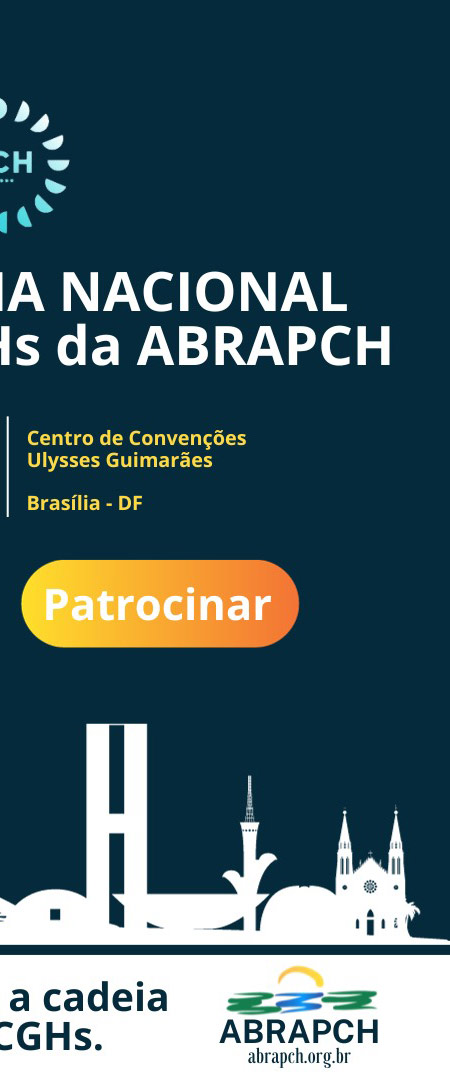ABRAPCH está em matéria internacional da BNAméricas – a maior agência do Brasil em informações da América do Sul.
O presidente, Paulo Arbex, é o entrevistado. Confira abaixo a matéria na íntegra.
Brazil’s potential to increase small hydro capacity put at eightfold
Brazil has the potential to increase its small hydro and mini hydro installed capacity from the current 5,233MW to over 40,000MW, Paulo Arbex, president of local association ABRAPCH, told BNamericas.
Small hydro plants are defined in Brazil as those with capacity of between 1MW and 30MW, while mini hydros have up to 1MW.
The estimate considers 14,984MW in projects outlined by regulator Aneel, comprising 213 mini and 1,082 small hydros, in addition to a potential 20,000MW on river stretches that are almost entirely out of the Amazon rainforest, in the center-west, southeast and south regions. In the northeast, Bahia has the greatest potential.
According to Arbex, just the undertakings included in Aneel’s portfolio could generate more than 1.2mn jobs and 100bn reais (US$18.7bn) in investments.
However, he says regulatory changes are needed to unlock the development of the segment, like fairer subsidies and incentives for different energy sources.
“All other renewable sources are granted a [transmission] discount for up to 300MW, while for small hydros this discount is limited to 30MW. Besides, wind and solar plants are exempt from IPI [industrialized product tax], ICMS [inter-state goods tax] and even import duties, which means small hydros pay 50% more taxes,” Arbex said.
He argued that fossil fuels are the most subsidized energy source in the country, having been granted 100bn reais in 2019, according to a study by local socioeconomic studies institute Inesc.
Arbex proposes that the Brazilian government review the subsidies earmarked for the national energy system and remunerate each power generation source in line with the benefits and services they offer. He also calls for a reallocation of distribution and transmission costs in keeping with the usage rate.
FINANCING
Another barrier for small hydro projects is financing, as the segment basically relies on development bank BNDES, while wind, solar and fossil fuel projects are subsidized by international agencies interested in promoting equipment exports.
“Unfortunately, BNDES switched from one extreme to another. It went from unsustainable [interest rate] subsidies like the PSI [investment support program] at 2.5% a year to an exorbitant cost of above 10% a year. A better balance to enable financing for small hydros, at 6-8% a year, is necessary”, Arbex said.
Fonte: BNAmericas
27.11.2020







No comment